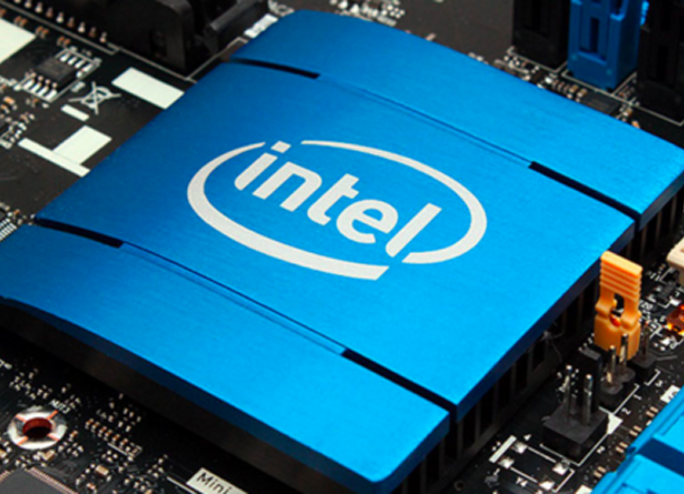MWC 2019: Intel Takes Aim At 5G Future

Chip maker announces a raft of 5G products and partnerships as it seeks a major role in emerging next-generation networks
At Mobile World Congress, Intel has announced new 5G products and partnerships that one analyst said highlighted its role across the sector.
The announcements include a field-programmable gate array (FGPA) for accelerating 5G traffic, the Hewitt Lake system-on-a-chip (SoC) and the first two major Snow Ridge SoC customers.
The N3000 programmable acceleration card handles 100Gbps of network traffic, with low-latency 9GB DDR4 DIMM memory, two Intel Ethernet converged network adapters for packet processing and a compact form factor.
Intel said the product would ship within the next few weeks and would allow customers to begin 5G rollouts, while providing the flexibility to adapt the kit with changes to still-emerging 5G standards.

Hewitt Lake
“Along with the cloud and wireless access, the network edge is a critical point of innovation for global infrastructure providers and operators who are building out cloud-based network solutions,” Intel said in a statement released at MWC.
Hewitt Lake is the next-generation Intel Xeon D processor, designed as a high-density SoC for network edge, control plane, security and mid-range storage hardware.
The chip improves performance over the previous generation and is used in 5G and edge products on display at this week’s conference, Intel said.
“Hewitt Lake is expected to deliver a power-efficient SoC configuration tailored for exceptional computing at the edge and for security and storage solutions that typically face both power and space constraints,” Intel stated.
The 10nm Snow Ridge SoC, announced at CES in Las Vegas last month and designed for 5G wireless access and network edge tasks, has now been adopted by Ericsson and ZTE, Intel said.
The companies, which are both major suppliers of telecoms infrastructure, are using Snow Ridge in their 5G base station platforms, Intel said.
The company said the chip is designed for high performance packet processing and control plane processing with minimal power usage.
It is planned for launch in the second half of this year.
5G multimode modem
Intel said it is developing millimetre-wave hardware for RF solutions to be used with the XMM 8160 5G Multimode Modem.
The RF silicon is to be sampled to customers in the second half of this year, with availability planned for 2020.
Intel said it has partnered with Fibocom to use the XMM 8160 to power the 5G M.2 Module, planned for use across industrial applications, always-connected PCs, and equipment for fixed mobile wireless.
The chip maker is also working with Skyworks to integrate Intel’s XMM 8160 with Skyworks’ SkyOne 5G front-end modules.
The partnership helps Intel to target customers with sub-6GHz products, Intel said.
Market influence
Finally, Intel said customers including D-Link, Gemtek, Arcaduan and VVDN Technologies would be announcing gateway products running on the XMM 7560 4G modem, which is designed to offer a “seamless” upgrade to the 5G XMM 8160 in 2020.
CCS Insight analyst Geoff Blaber said the announcements indicate Intel’s “strong” presence in next-generation networks and connected devices.
“Intel’s 5G announcements may not capture the hearts and minds of those seeking shiny 5G smartphones but they’re a strong illustration of Intel’s role across cloud, core network, edge and connected devices,” Blaber commented on Twitter.